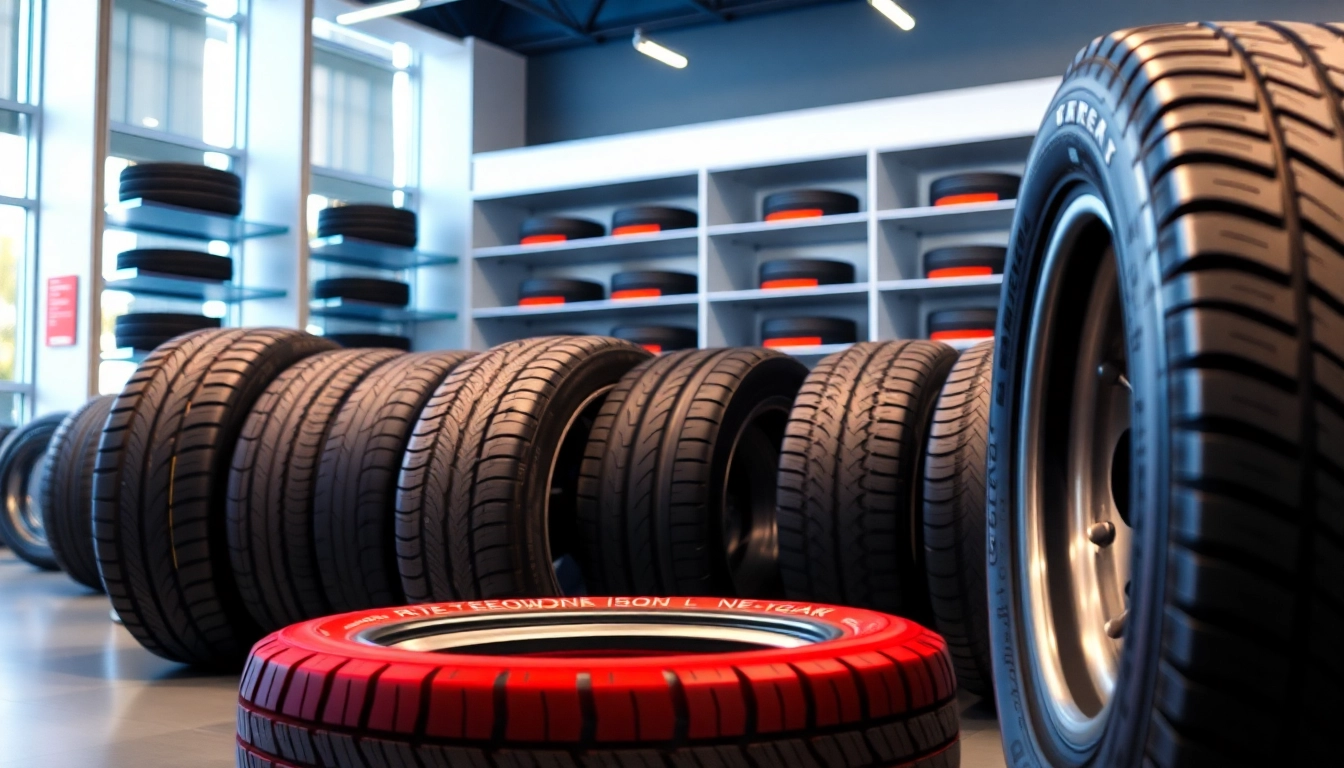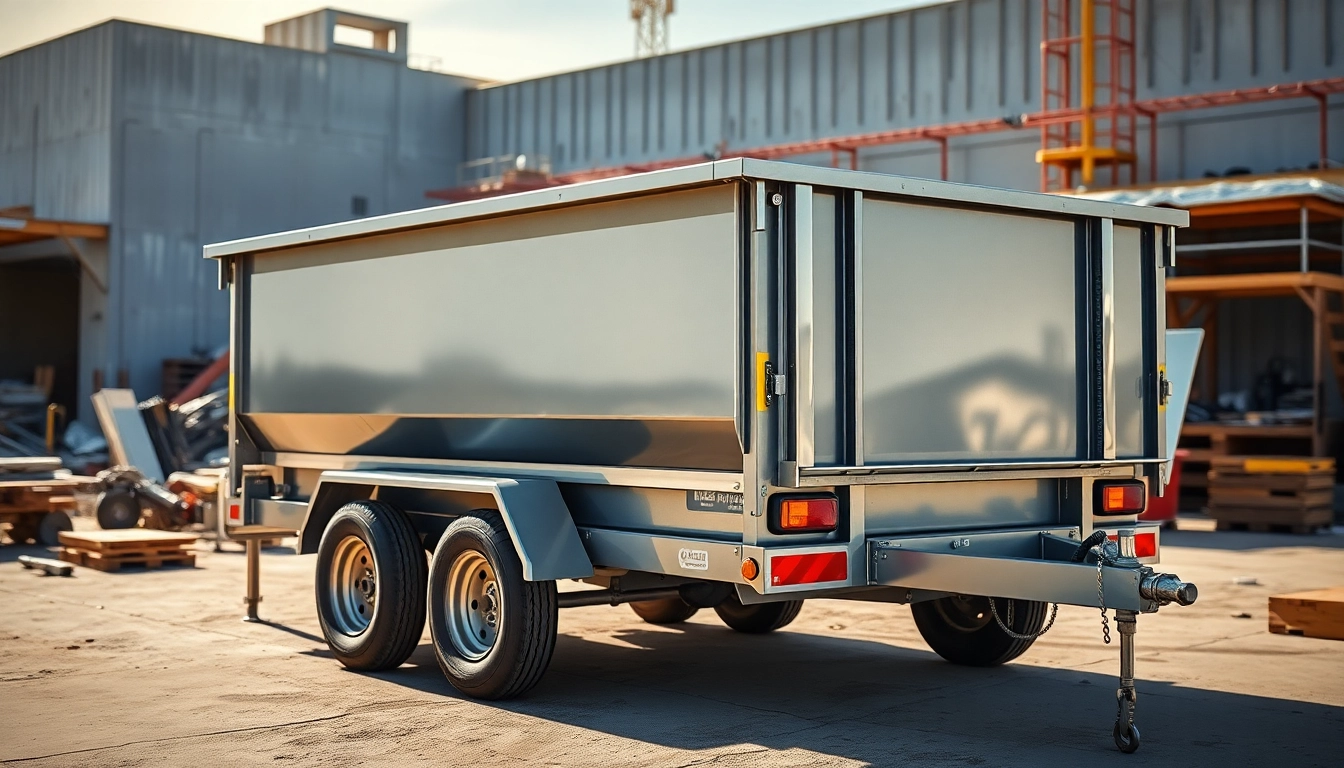Understanding General tires: Types and Features
Choosing the right tires for your vehicle is crucial, not only for performance but also for safety. A prominent option among tire brands is General tires, known for their versatility and reliability. In this section, we’ll delve into the various types of General tires available, highlighting their unique features that make them suitable for different vehicles and driving conditions.
Passenger General tires
Passenger tires from General are designed to provide a smooth ride for everyday vehicles. These tires prioritize comfort and efficiency, making them perfect for city driving and occasional highway trips. Constructed with engineering techniques that offer superior grip on wet and dry surfaces, General’s passenger tires come in several tread patterns to suit diverse driving styles.
Key features include:
- Enhanced Grip: The tire tread design optimizes contact with the road, allowing for improved traction.
- Comfortable Ride: Engineered for reduced road noise and vibrations, these tires ensure a pleasant driving experience.
- Fuel Efficiency: Many passenger General tires are built with fuel economy in mind, helping to lower overall driving costs.
SUV and Truck General tires
For drivers of SUVs and trucks, General tires offer specialized options that cater to the demands of larger vehicles. These tires are built to handle heavier loads while providing exceptional traction on various terrains, including off-road surfaces. The robust design of SUV and truck General tires allows for better handling, making them suitable for both city roads and rugged conditions.
Some notable features include:
- All-Terrain Capabilities: These tires are designed to perform in diverse environments, from highways to dirt roads.
- Durability: Constructed with reinforced materials, they withstand the wear and tear that comes with heavier vehicles and challenging terrains.
- Stability: Enhanced sidewall construction provides improved stability during turns and while carrying heavy loads.
Commercial General tires
In the commercial sector, reliability and longevity are primary considerations for tires. General’s commercial tires are engineered to meet the high demands of businesses that rely on transport and logistics. These tires ensure that vehicles maintain optimal performance under heavy loads while offering durability that translates to lower operational costs.
Key characteristics of commercial General tires include:
- High Load Capacity: Built to support heavier weights without compromising safety or performance.
- Long Wear Life: Designed for extended usage, these tires reduce the frequency of replacements and enhance cost-effectiveness.
- Improved Traction: Treads designed for diverse commercial applications ensure better grip on roads and cargo handling.
How to Select the Right General tires for Your Vehicle
Selecting the appropriate tires for your vehicle can be overwhelming due to the myriad options available. However, understanding your specific needs and preferences can simplify the decision process. Here are some essential factors to consider when choosing General tires.
Assessing Your Driving Style
Your driving style is a significant determinant in tire selection. Do you frequently drive in urban environments with a focus on comfort, or do you often venture off-road where performance is paramount? Understanding your habits will help you refine your options:
- Daily Commuting: Look for passenger General tires that prioritize comfort and quiet for smooth city driving.
- Off-Road Activity: For adventurers, consider General tires designed for all-terrain or mud-terrain applications, offering better traction on challenging surfaces.
- Heavy Hauling: Commercial tires are ideal for those requiring durability and strength to support extensive loads effectively.
Considering Climate and Terrain
The climate and terrains you encounter play a crucial role in the type of tires you should choose. Different environments demand tires with specific characteristics:
- Wet or Snowy Conditions: Opt for General tires with deeper treads and specialized rubber compounds for better hydroplaning resistance and traction in snow.
- Hot Climates: Tires that offer heat resistance and durability are crucial in high-temperature areas to prevent overheating and blowouts.
- Muddy or Rocky Terrain: Tires designed for off-road performance will provide aggressive tread patterns to optimize grip and maneuverability in rugged conditions.
Evaluating Tread Patterns and Compound
The tread design and rubber compound significantly influence tire performance. Each tread pattern serves a different purpose, catering to the specific needs of diverse driving conditions. Here’s what to evaluate:
- Symmetrical Tread Patterns: Common in passenger tires, these offer a smooth and efficient ride.
- Asymmetrical Treads: Designed for performance, these provide better grip in variable conditions.
- Directional Treads: Ideal for wet weather, these channels water away from the tire, improving traction and reducing hydroplaning.
- Rubber Compound: Different compounds affect durability and traction, with softer compounds offering increased grip at the expense of wear.
Maintenance Tips for Longevity of General tires
Regular Inspections and Pressure Checks
Routine checks for tire pressure and tread wear are vital. Under-inflated tires can lead to poor handling and increased wear, while over-inflated tires can reduce traction. Regular inspections can mitigate these risks:
- Check Tire Pressure: Use a reliable gauge to measure tire pressure monthly and before long trips, ensuring it meets the manufacturer’s recommended levels.
- Inspect for Wear: Look for uneven tread wear, and measure tread depth; replace tires when tread depth falls below the legal limit.
- Visual Inspections: Regularly inspect tires for cracks, bulges, or embedded objects that could compromise integrity.
Proper Rotation and Alignment
Proper rotation and alignment of your tires can help distribute wear evenly and extend their lifespan. It’s advisable to rotate tires according to the manufacturer’s recommendations, generally every 5,000 to 7,500 miles:
- Rotate Tires: Swap the front and rear tires as per the suggested pattern to minimize uneven wear.
- Wheel Alignment: An alignment check every 6 months or every 6,000 miles can prevent premature wear.
- Balancing: Ensure that your tires are balanced to avoid vibrations and improve handling.
Storage Solutions During Off-Season
If you’re not using your vehicle for an extended period, especially during seasonal changes, proper tire storage is essential:
- Clean and Inspect: Clean tires of any dirt, grease, or contaminants before storing them.
- Store in a Cool, Dry Place: Avoid areas exposed to direct sunlight or extreme temperatures to prevent rubber degradation.
- Use Tire Covers: Protect tires from the elements with covers if they are stored outside.
General tires Performance: What to Expect
The performance of General tires can vary based on driving conditions and tire specifications. Understanding what to expect can help you maximize the benefits of your tires. Here’s what you need to know:
Handling and Grip Analysis
Handling and grip are crucial for vehicle safety and performance. General tires are designed to provide optimal handling across various conditions:
- Responsive Handling: Look for tires offering crisp response to steering input, improving driver confidence.
- Grip Performance: Assess how well the tires perform in different weather conditions, particularly wet and icy conditions.
Noise Levels and Comfort
Noise levels can impact driving comfort significantly. General tires are engineered to minimize road noise, delivering a quieter ride:
- Noise Reduction Features: Many General tires come with noise-absorbing technologies that reduce vibrations and sound.
- Ride Comfort: Observe how well the tire absorbs bumps and road imperfections, contributing to overall comfort during commutes.
Fuel Efficiency Impact
The right tires can significantly affect your vehicle’s fuel efficiency. General tires, particularly those with low rolling resistance, can improve mileage:
- Performance Metrics: Pay attention to the tire’s rolling resistance rating to gauge its potential impact on fuel efficiency.
- Long-Term Benefits: Investing in fuel-efficient tires can translate to significant savings over time, making them a smart choice for budget-conscious drivers.
Finding the Best Deals on General tires
When it comes to purchasing General tires, finding good deals can make a difference. Understanding where to look and what to consider can help you save money:
Online Retailers vs. Local Shops
The choice between buying tires online or from local retailers often depends on convenience and pricing:
- Online Advantages: Online stores often offer competitive pricing, extensive selections, and user reviews to aid in decision-making.
- Local Shops: In-person interactions allow for immediate installation options and advice from tire professionals.
Seasonal Discounts and Rebates
Monitoring for seasonal sales and manufacturer rebates can yield significant savings on tire purchases:
- Spring and Fall Promotions: Many retailers offer sales around peak driving seasons, making these ideal times for purchases.
- Manufacturer Rebates: Keep an eye out for cash-back offers from tire manufacturers that can further reduce costs.
Understanding Warranty and Guarantees
Before finalizing your tire purchase, it’s essential to understand the warranty options provided. A solid warranty can protect your investment:
- Types of Warranties: Familiarize yourself with tread life warranties, materials guarantees, and road hazard protection.
- Claim Process: Understanding the steps necessary for filing warranty claims can save time and frustration.



